EAST MACHIAS — Betsy Fitzgerald remembers her stepfather taking her fly fishing for Atlantic salmon on the Narraguagus River as a child in the 1960s. And she recalls how after he landed and prepared to release one, the fish thumped its tail and threw back its head, as if to say, “harumph.”
The lasting memory of the feisty game fish – now an endangered species – was not why Fitzgerald gathered her coworkers from Washington County government to help clip Atlantic salmon fins earlier this month.
“Ladies night” at the East Machias Aquatic Research Center was simply a fun night out for the 13 volunteers who took part.
Hatchery manager Zach Sheller hosts fin-clipping themed evenings like “men’s night” and “ladies’ night.” It’s not the traditional fishery conservation work done with local fish and game clubs. But the hatchery’s approach to saving salmon is non-traditional in many ways – including drawing on the entire local community to help.
Wild Atlantic salmon was once popular among anglers in Downeast Maine, but its population plummeted in the late 20th century. In 2000, the U.S. Fish and Wildlife Service listed Atlantic salmon as an endangered species.
“Having fishing here once more is a goal. After they were listed, it was no longer a game fish. So we need to broaden the appeal, give a more broad ecological view of the work we need to do in rivers,” said Dwayne Shaw, executive director of the Downeast Salmon Federation, which runs the hatchery.
The hatchery, which opened in 2011 on the East Machias River, is the only one of its kind in North America. It’s modeled after an Atlantic salmon hatchery designed by Peter Gray on the River Tyne in northern England. The Gray hatchery resulted in the most successful restoration of salmon in any European river.
Gray helped design the Downeast Salmon Federation’s hatchery in East Machias.
Atlantic salmon restoration efforts typically have focused on releasing fry (salmon less than a year old), but Gray showed that parr, the next age class of salmon, are better able to survive predators and forage in the ocean.
Gray also created holding tanks that grew strong salmon. The tanks are dark like a river and covered to shield the fish from the artificial light of a hatchery. The water inside is swirling like a river, and occasionally the velocity is increased to make the fish swim harder.
The East Machias Aquatic Research Center has been releasing parr – 4 to 5 inches long – into the East Machias River each fall since 2012. That year, the hatchery released 40,000 parr; this year, it will release close to 220,000.
Atlantic salmon spend two to three years in a freshwater river before heading to the ocean for another two to three years and then returning.
Sheller said there are many obstacles salmon face in years they spend at sea before returning to their native river to spawn. He said the return rate is as low as 1 percent.
“Marine survival is pretty grim. The state of the ocean is kind of scary,” Sheller said.
This fall may offer the first sign of whether the hatchery’s efforts have been successful. Parr stocked in the East Machias River in 2012 would return this fall to spawn as adults.
Sheller said the big returns may not happen right away. But over the next four to five years, he believes they will, as they did in the River Tyne.
“It’s not like all of a sudden there will be hordes of salmon swimming in the river. We’re just looking for an upward trend,” he said. “We just have to keep going.”
To increase the number of stocked parr, the hatchery hosts fin-clipping events. Clipping the adipose fin, located between the dorsal and tail fins, allows biologists to later determine if salmon they catch in the river are from the stocking program. Volunteers put on aprons and rubber gloves and clip the fin on anesthetized salmon while making new friends.
Last year, more than 300 volunteers gathered at more than 20 clipping events. Two weeks ago, 13 woman gathered to clip fins and joke around.
“It’s fun, it’s a social thing. This system is unique in North America. It’s exciting,” said Medea Steinman, a professor at the University of Maine at Machias who took part in the ladies’ night.
As Fleetwood Mac’s “Don’t Stop” played, the volunteers chatted and clipped with their heads down.
“I designated myself as the counter. The others can clip away. I’m supporting the team by counting fish. This is fun. We’re getting together and doing something good,” said Lynn Dwelley of Machias.
Dwelley said few of the women fish, but they all give back to the community in different ways.
“It’s a small town,” agreed Fitzgerald. “We try to be supportive. One lady here runs Margaretta Days, the re-enactment of the first naval battle of the Revolutionary War that took place here. We all have events we’re involved in.
“This was about: ‘Look at this as something we’ve never done. Why don’t we hang out, make fun of each other?’ I’m hoping we do this again.”
Send questions/comments to the editors.


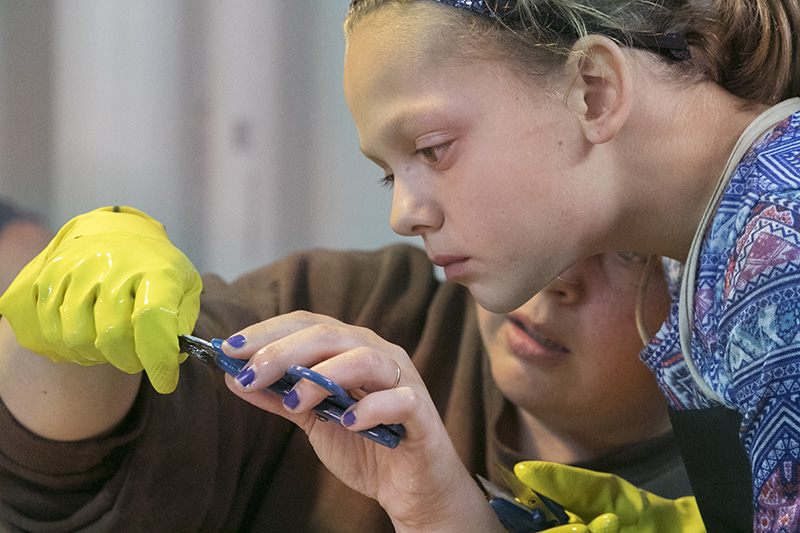
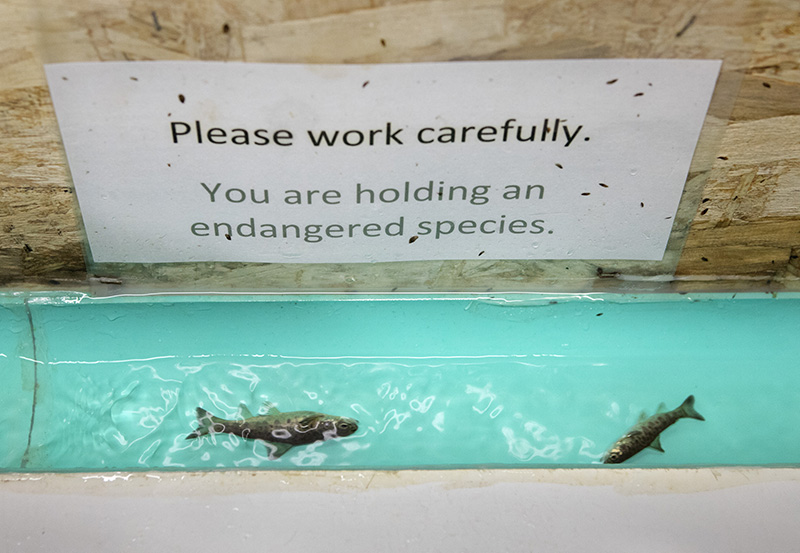
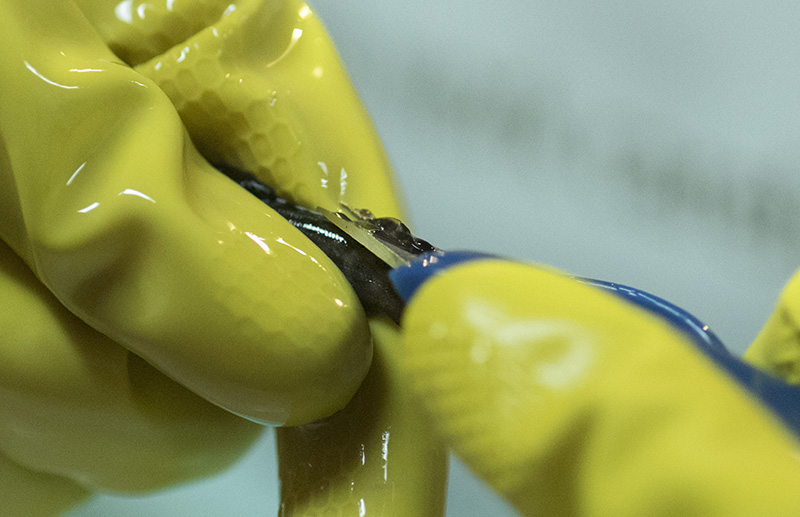
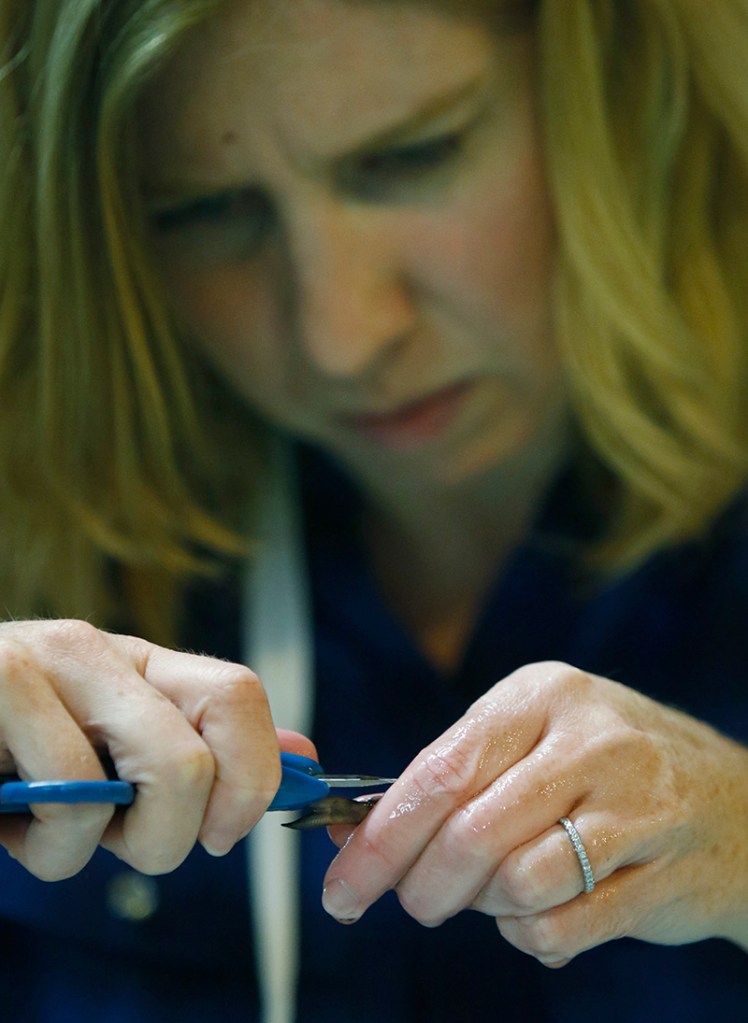
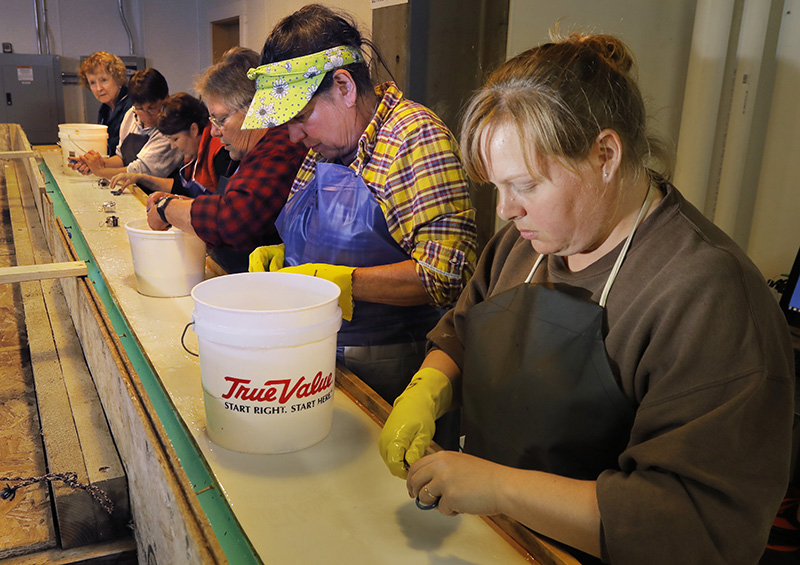
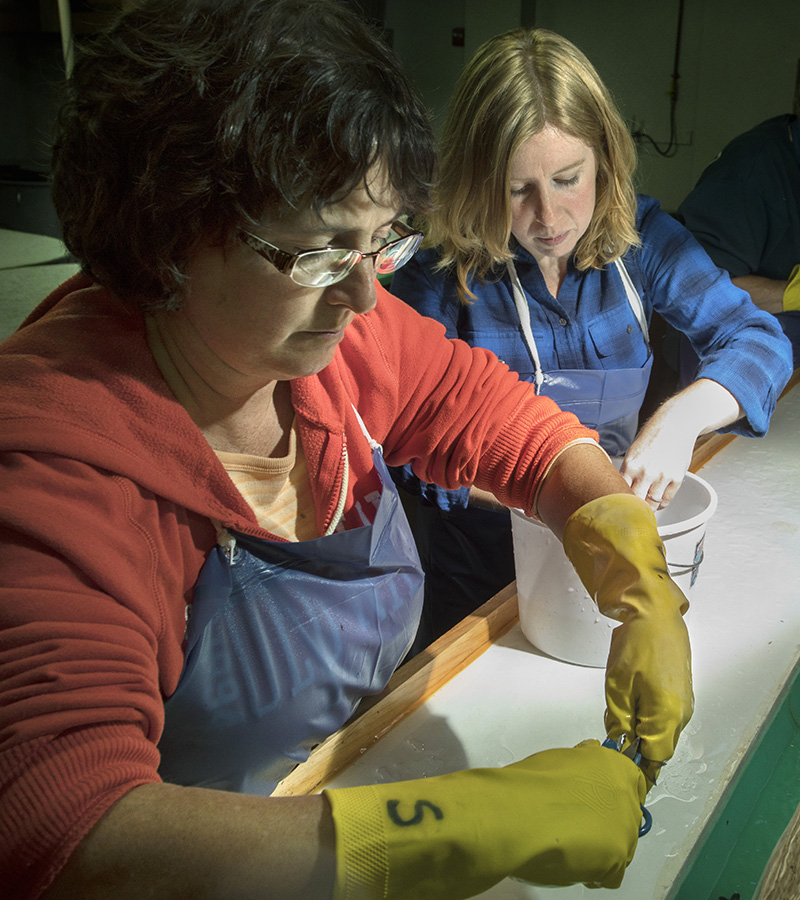
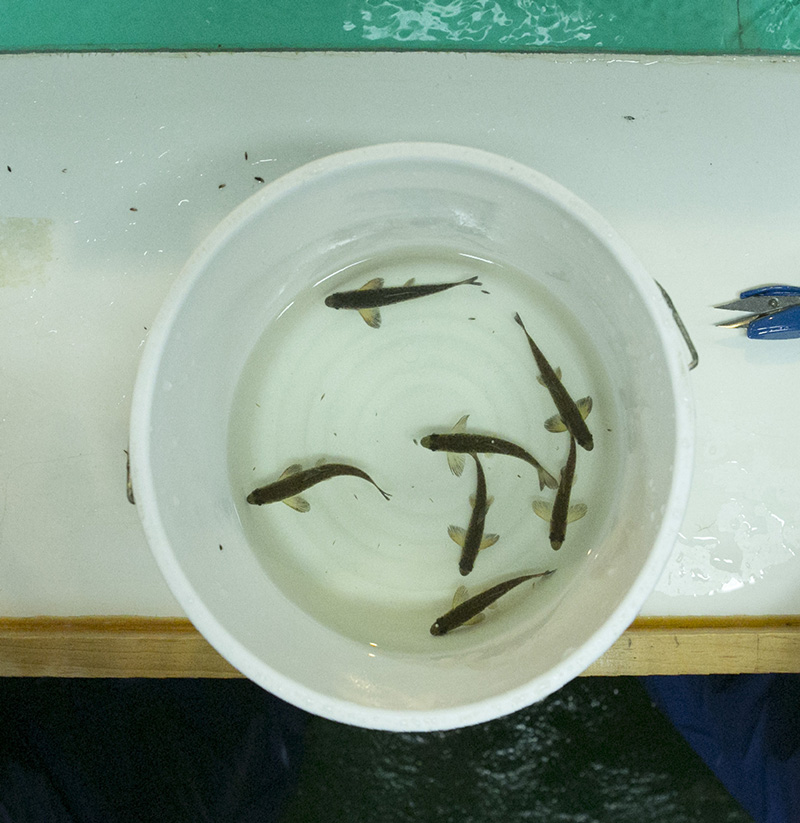
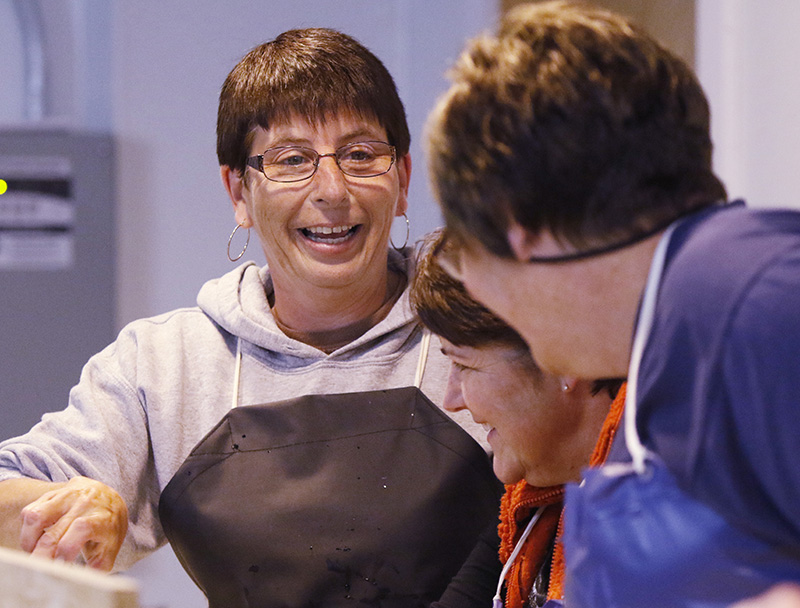
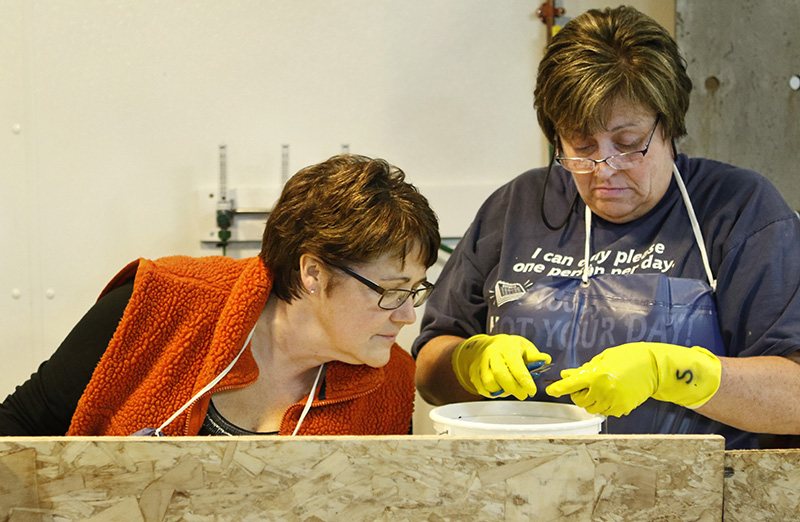
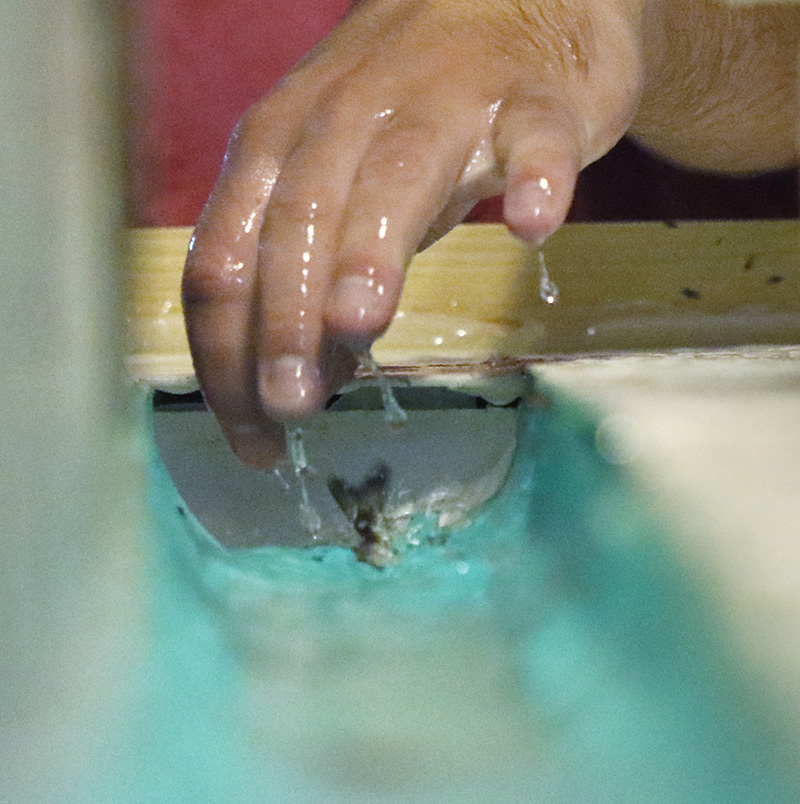

Success. Please wait for the page to reload. If the page does not reload within 5 seconds, please refresh the page.
Enter your email and password to access comments.
Hi, to comment on stories you must . This profile is in addition to your subscription and website login.
Already have a commenting profile? .
Invalid username/password.
Please check your email to confirm and complete your registration.
Only subscribers are eligible to post comments. Please subscribe or login first for digital access. Here’s why.
Use the form below to reset your password. When you've submitted your account email, we will send an email with a reset code.